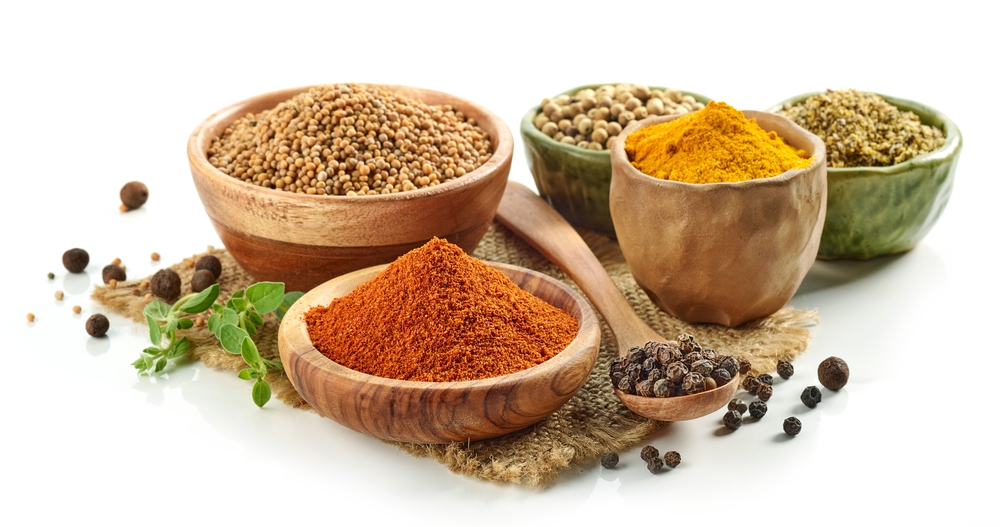
Spices and herbs are global commodities that connect farmers in one part of the world to kitchens and manufacturing plants in another. Yet beneath the vibrant colors and intoxicating aromas lie stringent quality requirements that safeguard consumers and facilitate smooth international trade. For buyers—whether they are food manufacturers, gourmet retailers, or import distributors—understanding these quality standards is essential. This essay delves into the key parameters, regulations, certifications, and best practices that underpin successful spice exporting.
The Importance of Quality Standards
- Protecting Consumer Health: Spices are susceptible to microbial contamination, mycotoxins (such as aflatoxins), pesticide residues, and foreign matter. Failure to control these hazards can lead to foodborne illness, allergic reactions, or chronic toxicity.
- Maintaining Flavor Integrity: Moisture, adulterants, and poor storage can degrade essential oils and pigments, diminishing the sensory qualities that buyers seek.
- Ensuring Regulatory Compliance: Every importing country enforces its own maximum residue limits (MRLs), labeling laws, and safety requirements. Noncompliance can result in shipment rejections, costly recalls, and reputational damage.
- Facilitating Market Access: Certifications like ISO and HACCP, as well as organic and fair-trade labels, serve as shorthand for quality and ethics, opening doors to premium markets.

Key Quality Parameters
Moisture Content
- Why It Matters: Excess moisture encourages mold growth and mycotoxin production, and increases weight (allowing fraudulent “water-doping”).
- Typical Limits:
- Black pepper: ≤12–13%
- Turmeric powder: ≤10%
- Dried herbs: ≤10–12%
- Testing Methods: Loss-on-drying (gravimetric), Karl Fischer titration (for precise water determination).
Purity and Adulteration
- Common Adulterants: Starch fillers, synthetic dyes (e.g., Sudan dyes in chili), exhausted husks, or inferior species.
- Detection Techniques:
- Microscopic examination to verify botanical structures.
- Chromatographic methods (TLC, HPLC) to detect synthetic colorants.
- DNA barcoding for species authentication.
Mycotoxins and Microbiological Limits
- Mycotoxin Risks: Aflatoxins (B₁, B₂, G₁, G₂) are potent carcinogens produced by Aspergillus species; ochratoxin A is nephrotoxic.
- Regulatory Maximums:
- EU: Aflatoxin B₁ ≤ 5 µg/kg; total aflatoxins ≤ 10 µg/kg.
- USA (FDA): Total aflatoxins ≤ 20 µg/kg for most spices.
- Microbial Criteria: Total plate count, yeast & mold count, absence of Salmonella, E. coli, and other pathogens per gram.
Pesticide Residues
- Global MRLs: Buyers must cross-reference the pesticide MRLs of both exporting and importing countries (e.g., Codex Alimentarius, EU Pesticide Database, US EPA).
- Monitoring: Multi-residue GC-MS and LC-MS/MS screenings ensure compliance with dozens to hundreds of pesticide compounds.
International Standards and Certifications
ISO Standards
- ISO 9001 (Quality Management): Framework for consistent processes and continual improvement.
- ISO 22000 (Food Safety Management): Integrates HACCP principles with ISO’s management-system approach.
HACCP (Hazard Analysis Critical Control Points)
- Core Concept: Identify hazards at every stage (harvesting, drying, processing, packaging) and establish critical control points (CCPs) with monitoring and corrective actions.
- Implementation: Prerequisite programs (good agricultural practices, sanitation), hazard analysis, CCP determination, verification, and documentation.
Organic and Fair-Trade Certification
- Organic: USDA Organic, EU Organic, and other national schemes require no synthetic pesticides or fertilizers, and often a buffer period between conventional and organic land use.
- Fair-Trade: Ensures equitable pricing, community development premiums, and ethical labor practices. Labels include Fairtrade International (FLO), Fair for Life, and Rainforest Alliance (which also covers environmental criteria).
Other Schemes
- GMP (Good Manufacturing Practices): Covers facility hygiene, personnel training, and documentation.
- FSSC 22000: A GFSI-recognized scheme combining ISO 22000 with additional prerequisite program requirements.
Sampling and Laboratory Testing
- Sampling Plans: Based on statistical norms (e.g., ISO 948:2013 for spices and condiments), defining incremental, aggregate, and laboratory sample sizes.
- Accredited Laboratories: Testing should be performed by ISO/IEC 17025–accredited labs to ensure recognized competence.
- Frequency: Regular surveillance testing—monthly or quarterly—plus pre-shipment tests and periodic audits.
summary
For buyers in the global spices and herbs market, rigorous attention to quality standards is non-negotiable. From monitoring moisture and mycotoxin levels to securing the right certifications and maintaining robust traceability, each step in the supply chain contributes to product safety, flavor integrity, and regulatory compliance. By partnering with certified suppliers, implementing thorough sampling protocols, and leveraging modern packaging and traceability technologies, buyers can confidently bring aromatic, flavorful spices and herbs to their customers—while minimizing risk and fostering long-term, ethical trade relationships.
